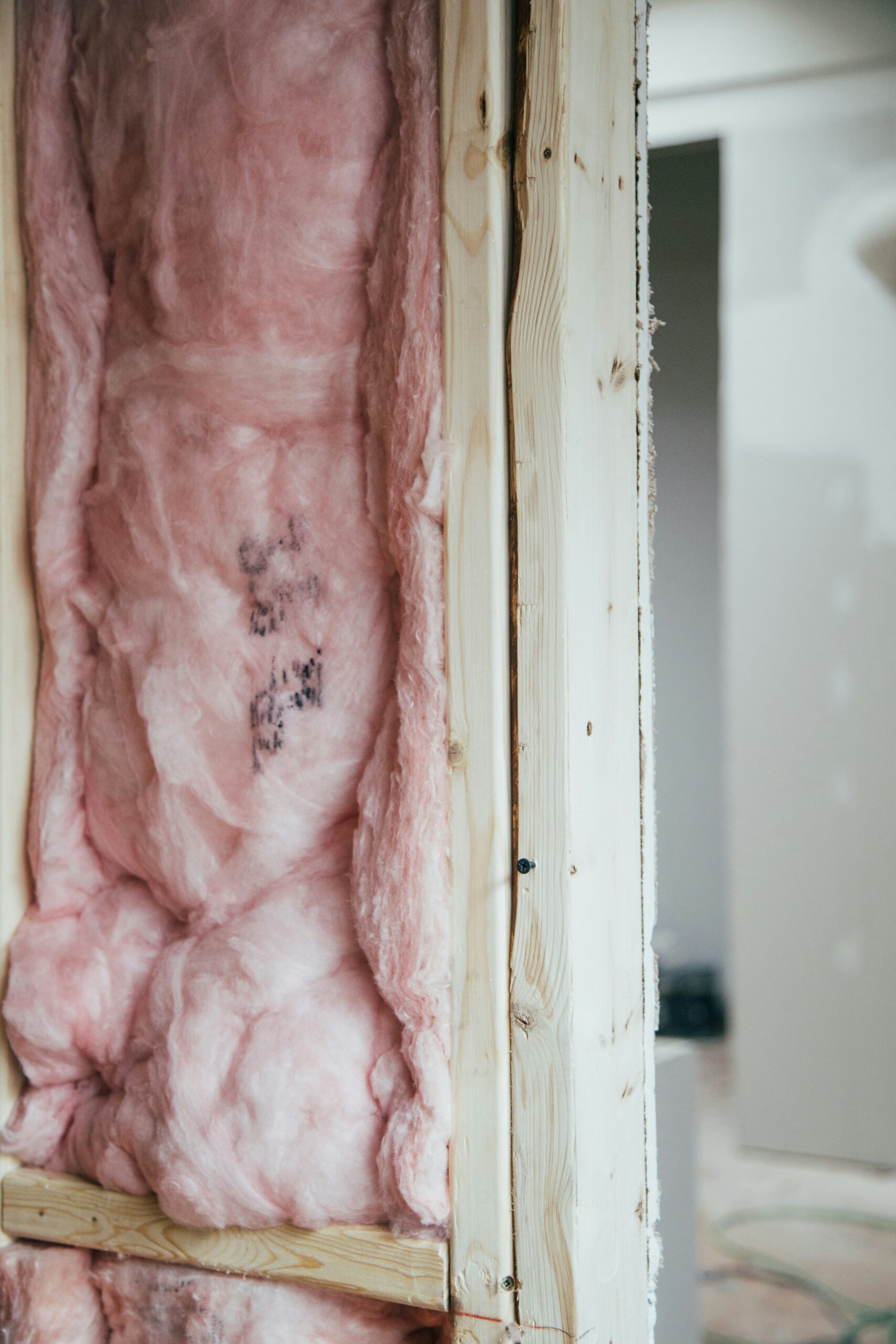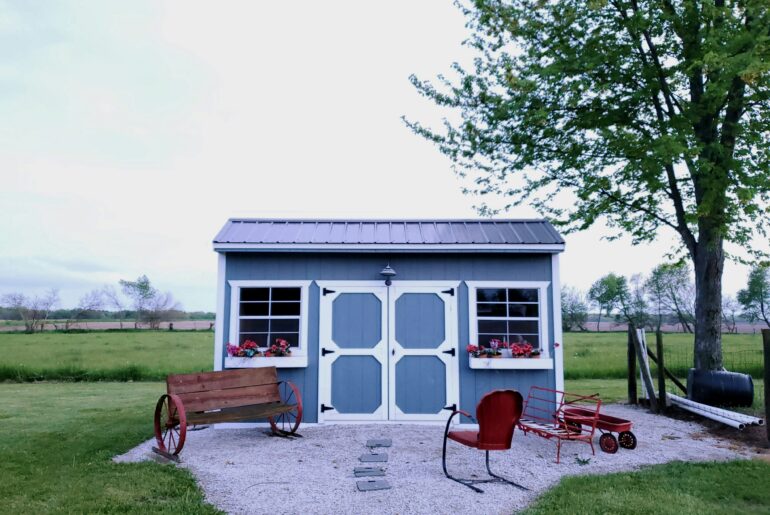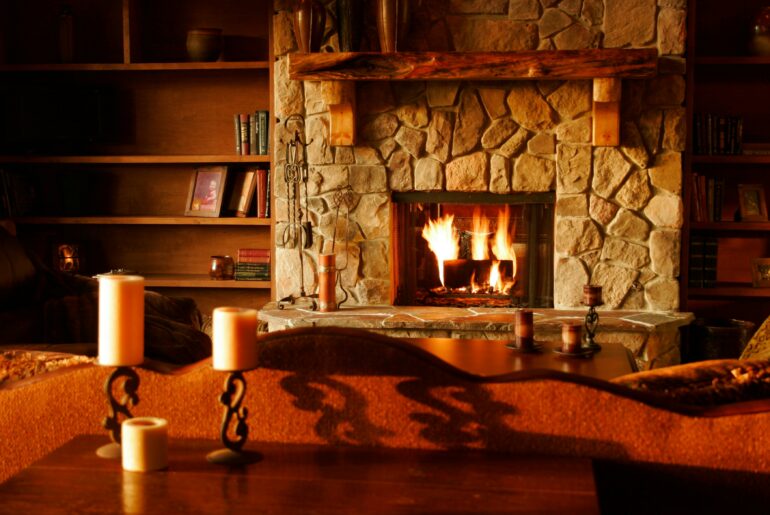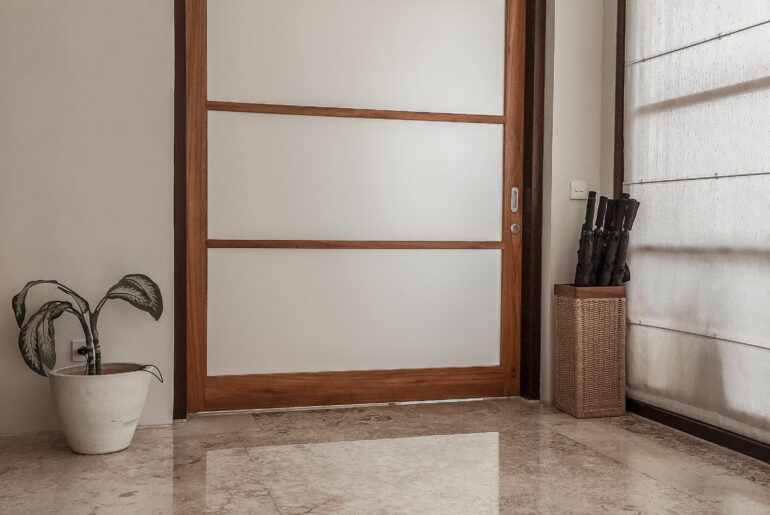Which of the most common interior wall insulation methods is the cheapest to purchase and install? Some materials cost less than others, but they might also require more time and effort to install.
Here we will rank the least expensive interior wall insulation methods, starting with the least expensive first. The costs will vary from project to project, so consider combining materials for maximum effect.
1. Rigid Foam Panels
Rigid foam panels are among the least expensive options for insulating interior walls. Most insulation contractors use a sound reducing adhesive to attach the foam panels to the wall and each other.
Most rigid foam panels are made from closed cell foam, but others are made from styrofoam as a lower cost alternative. These panels are around 1” thick, and can be layered together to increase the R value.
The adhesive creates a gap between the panels, and acts as a sound barrier as well as a thermal insulator. Most rigid foam panels provide between R-2 and R-6 per panel, depending on the material and thickness.
2. Radiant Barrier
A radiant barrier isn’t the type of insulation many of us are familiar with. Radiant barriers are used to reflect much of the sun’s UV energy, reducing the heat inside the attic. Heat accumulation inside the attic will be transferred via conduction and convection to the rest of the framing, including the interior walls.
Radiant barriers are usually made from a durable fabric, which has a reflective surface on one side. This side faces out, and is installed under the shingles. By reflecting this UV energy, heat build up in the attic is minimized, helping keep the interior walls cool.
3. Loose Fill Cellulose
Using loose fill cellulose in an interior wall is done by installing the drywall on one side of an interior wall, and covering the other side with a vapor barrier. The loose fill is kept in place by the drywall and vapor barrier as the cavity is filled. Then drywall is added to the other side for a permanent installation.
4. Loose Fill Fiberglass
Loose fill fiberglass sometimes costs a little more than cellulose, but the costs are similar. Fiberglass is installed into interior walls the same way cellulose is, but loose fill fiberglass is lighter than cellulose. This means fiberglass won’t settle as quickly, so it will maintain its R value for longer.
5. Fiberglass Batts
Fiberglass batts are ideal for use in an interior wall because the batts are usually already the correct width. This greatly reduces the time required to install fiberglass batts. Most are just cut to length and attached to the stud using staples or retaining clips.
6. Spray Foam
Spray foam is the most modern insulation solution, as it addresses most of the complaints aimed at other insulation types. Spray foam uses a mechanical rig to spray two chemicals from a spray gun directly onto an interior wall cavity.
These chemicals begin to mix and expand instantly, which seals up tiny air leaks as it cures. Today, professional spray foam installers perform most of the installations, but DIY kits are now available. Note that proper personal protective equipment is required to install spray foam, or personal injury could result.
7. Stone Wool
Stone wool, also known as mineral wool, is a time tested, but expensive insulation option. Stone wool is created mechanically by spinning volcanic fibers into a batt. Stone wool is very durable and nearly fireproof, but may not offer comparable R value to other materials of the same thickness.
Insulation Methods to Avoid
You’ll want to avoid using materials as interior wall insulation that were not intended for the purpose. For example, avoid using newspaper, blankets, and aluminum foil inside an interior wall.
Bulky materials, like blankets and comforters are great for keeping us warm. However, inside a wall, these materials cannot receive adequate air circulation. That means any moisture the materials contain can harbor mold, because the moisture is trapped inside the interior wall.
Newspaper and other paper products (except cellulose) can also absorb moisture, leading to the same problem. In addition, paper is heavy by volume, so the material will settle more quickly and add unnecessary weight to the framing.
How to Save Even More Money On Insulation?
It’s obvious any insulation saves money in the long run, but there are also a few tricks that can help you save money at different stages. Here’s a few tactics the pros use:
Combine Insulation Materials
Professionals may use a combination of rigid foam panels and spray foam in the same interior wall void. The pros might use open cell or closed cell spray foam from a can to fill the cracks and gaps, then install rigid foam insulation over the top.
Use the Best Material for the Job
A good example of using the best insulation for the job is when pros use loose fill insulation on horizontal surfaces, and batts, rigid foam, or spray foam on vertical surfaces.
Take Advantage of Discounts
Many home improvement centers now offer free tool rental as a perk for buying the materials. For loose fill insulation, a tool known as a hopper is required. The tool can be rented by the day, but some retailers will provide a free 24 hour rental with a purchase of 25 units or more.
Buy In Bulk
If you’re insulating interior walls, you might want to insulate them all, or just a few. Home theaters and playrooms are commonly insulated for sound dampening. However, insulating all of the interior walls will allow for better climate control, resulting in a significant increase in overall R value.
Use the Seasons to Your Advantage
If you plan to insulate an attic, the project is often best performed during cooler months. Attics can get dangerously hot during the spring and summer, so installing attic insulation when the heat is manageable will result in a more pleasant experience.
Adding New Insulation to Old Insulation
You might find it convenient to simply add more insulation to what is already there. This practice can be a cost saver, but make sure the insulation is not damaged or infected with mold. You’ll also need to install the materials in the right place and order.
Here’s a few tips for determining if, and how, you can add insulation:
Insulation Materials You Can Add to
Batts
As long as the batts have not detached from the studs you can add another layer of batts on top of the existing layer. For example, you may opt to widen an interior wall to make room for plumbing pipes during a renovation. You can insulate this additional cavity space by adding another layer of batts to the new wall studs.
Spray Foam
Spray foam is very durable and can be added to if necessary. However, be careful adding to spray foam that has been painted. The solvents used in some paints can break down the foam’s cellular structure, so make sure the existing foam is in good, stable condition.
Stone Wool
Stone wool can also be added to existing stone wool, but follow the directions carefully. Stone wool can be installed using compression or fasteners to stay in place. Measure very accurately when adding stone wool and be careful not to dislodge the existing insulation in the process.
Insulation Materials You Might be Able to Add to
Loose Fill Fiberglass or Cellulose
One of the benefits of using cellulose in an attic is that it becomes more effective the colder the outside temperature gets.
However, there is a point of diminishing returns, because continually adding cellulose will eventually cause a weight problem. Always add cellulose per the instructions to avoid creating a bigger problem than you solve.
Loose fill fiberglass does not settle as much as cellulose, but it can harbor mold and mildew. You don’t want to bury the spores inside the insulation, so if your existing fiberglass loose fill is contaminated, remove it before installing new material.
Radiant Barrier
Radiant barriers are installed from the outside, under the shingles, in most cases. However, if you have enough room to move around inside the attic, you can add another radiant barrier to the underside of the rafters or trusses.
Adding a Vapor Barrier
Batts are available in faced, or unfaced, versions. Use the faced version whenever possible, as the paper backing also serves as a vapor barrier. If you use unfaced batts, install a vapor barrier over the insulation per the directions.
Loose fill and stone wool often require the addition of a vapor barrier, depending on the location and the manufacturer. The vapor barrier is usually 6mm plastic, but follow the building codes and the manufacturer’s directions.
Insulating Your Basement or Attached Garage
Insulating certain parts of the home will result in a greater return on investment than others. Heat rises, so insulating your attic often has the most effect on lowering your energy bill. Ensure the wall between the interior and an attached garage is properly insulated since the garage will likely not be climate controlled.
Basements are also a great place to insulate, as it resists the transfer of cold air from the ground through the floor.
Don’t Overinsulate
There is a point of diminishing returns when you insulate an interior wall. Generally, following the building codes for exterior walls will ensure that you don’t add too much insulation. Here’s a few tips for choosing how much insulation to add to an interior wall:
- Instead of adding more insulation, add air spaces between the layers. You can purchase sound absorbing spacers that prevent rigid foam boards from making direct contact. This air space helps reduce the transmission of both sound and heat.
- If you’re using loose fill or batts, avoid compacting the insulation by adding too much. The air trapped inside the material does most of the work, so expelling this air makes the insulation less effective, not more.
DIY Installation: When Should I Hire a Pro?
These days, you can install any commonly available insulation material yourself. This includes the version with the most complex installation procedure, which is spray foam. You can purchase kits directly from manufacturers that provide enough material for about 200 square feet.
DIYers with a few basic tools and skills can install rigid foam, batts, stone wool, radiant barriers, and both open cell and closed cell spray foam.
However, hiring a pro to install your interior wall insulation will provide expertise, speed, and probably a warranty. For whole house insulation projects, hiring a pro makes even more sense because they’ll have the training, tools, and workforce to do the work quickly and effectively.
You’ll also want to bring an expert in if you discover mold. The pros will have efficient removal methods that help reduce the spread of the spores. They will also have the appropriate safety gear and training to do the work safely.
The easiest way to find a great local insulation company is to request a free estimate. An insulation expert will perform an inspection and recommend a course of action. This way you’ll have a great contractor you can depend on for as long as you’re a homeowner.





